
Product information
Stéphane Ogier Côte-Rôtie ‘But de Mont’ 2010
Shiraz/Syrah from Côte-Rôtie, Northern Rhône, Rhône Valley, France
$310
Description
Speaking with Stéphane, he’s been hoovering this at home and reckons it’s absolutely singing right now. I can’t wait to share a bottle with a few lucky members of the Wine Decoded community soon. The “But de Mont” Lieux Dits is located in the Côte Blonde above Maison Rouge. The wine typically has a stunning perfume, opulence, great elegance, layering and sweet supple fruit. It’s 100% destemmed to avoid the vegetal character that stems of the Côte Blonde can yield. It spends 3-4 weeks on skins depending on the year. 6 Pack comes with wooden case.
Out of stock
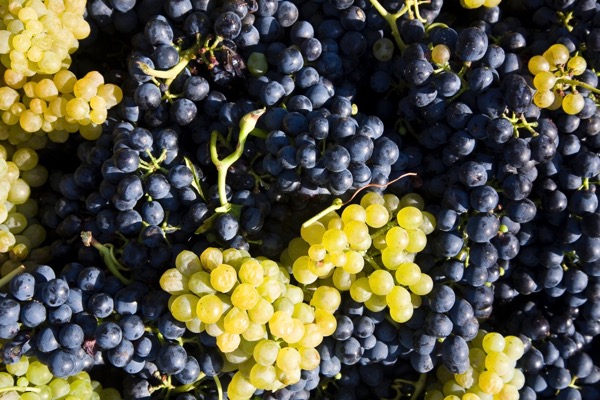
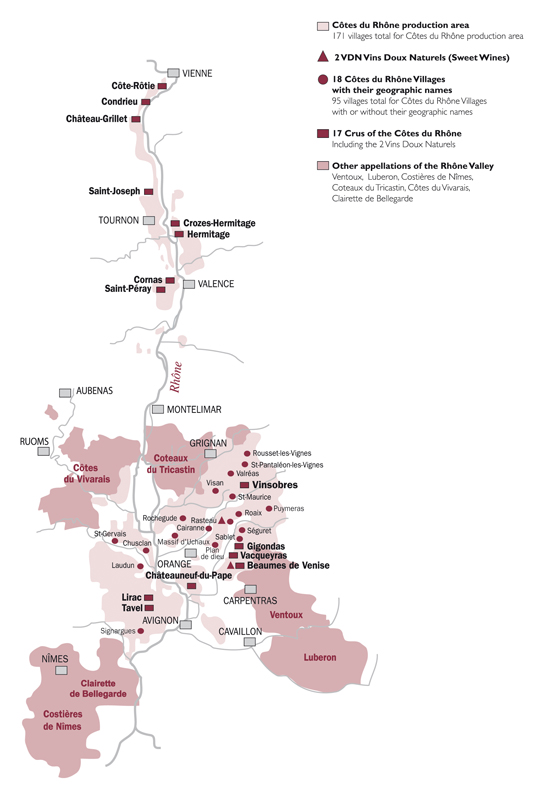
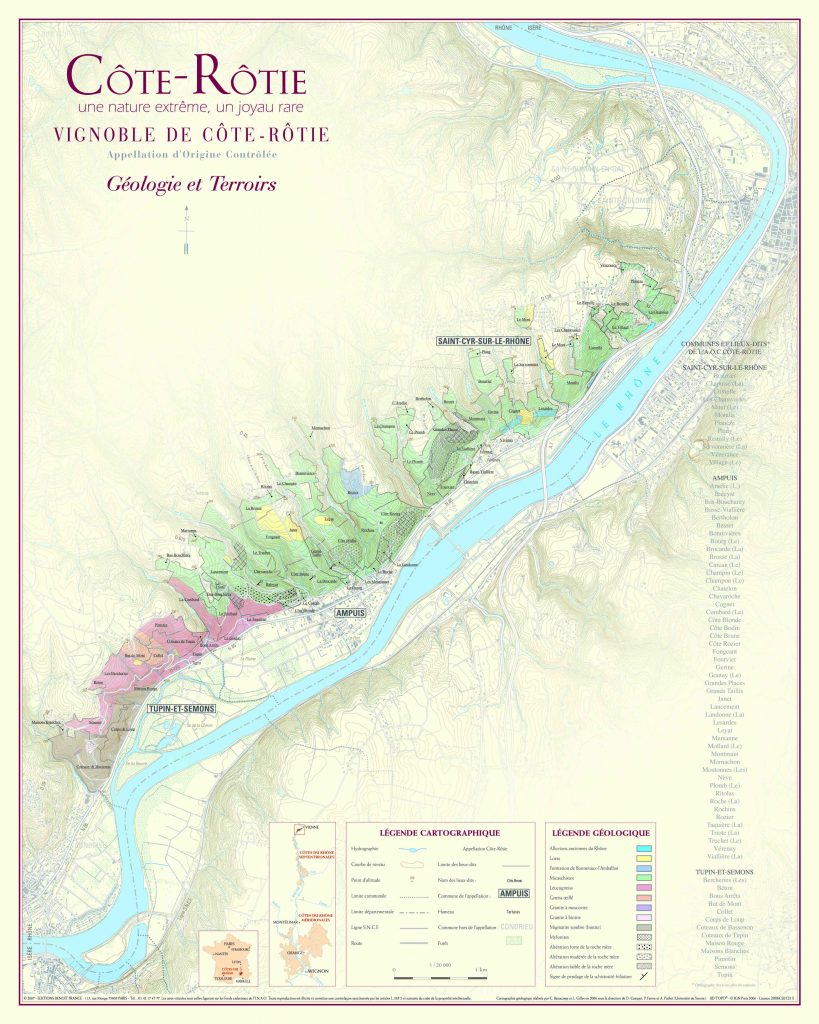
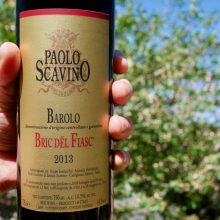
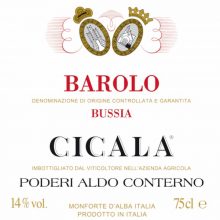
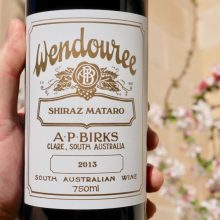
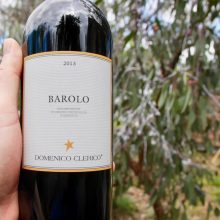
You must be logged in to post a comment.